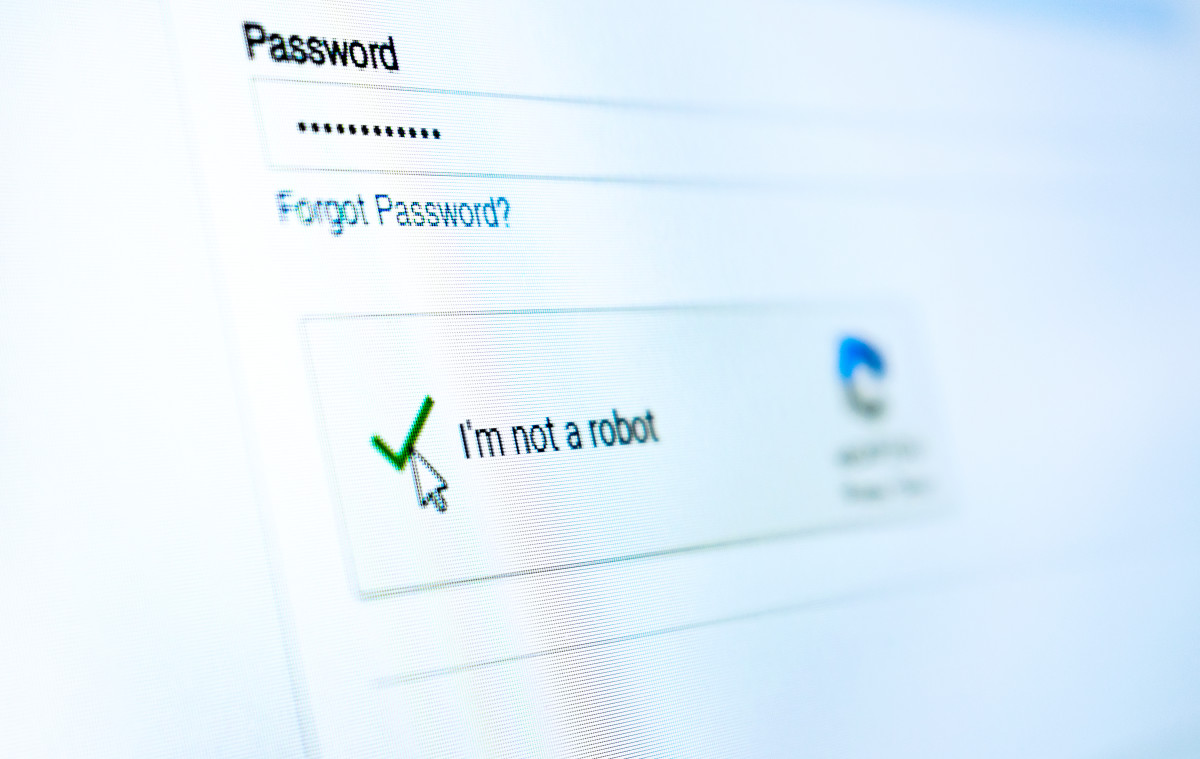Captcha is an acronym for completely automated public turing test to tell computers and humans apart

Introduction

When browsing the internet, you’ve probably encountered those frustrating puzzles where you need to prove that you’re not a robot. These puzzles, known as CAPTCHAs, play a crucial role in keeping the internet secure. CAPTCHA, which stands for “Completely Automated Public Turing test to tell Computers and Humans Apart,” is a widely-used technology that prevents bots from spamming websites or carrying out malicious activities.
What is CAPTCHA?

CAPTCHA is an acronym that represents a challenge-response system designed to differentiate between humans and automated programs. Developed by computer scientists in the early 2000s, it has become an essential tool for web security. A CAPTCHA presents users with various tasks to perform, such as identifying distorted letters, solving puzzles, or selecting specific images from a collection. The intent is to verify that the user is human, as computers often struggle with these tasks.
The Purpose of CAPTCHA
CAPTCHAs serve many purposes, including protecting websites from spam, preventing unauthorized access, and safeguarding user data. By implementing CAPTCHAs, online platforms can protect themselves from malicious bots attempting to abuse their resources. CAPTCHAs also help prevent brute-force attacks on user accounts, as they can distinguish between humans and automated scripts attempting to guess login credentials.
How CAPTCHA Works
CAPTCHAs employ various techniques to differentiate between humans and machines. One popular method involves presenting distorted or partially obscured images of alphanumeric characters. Humans can identify and decipher these characters, while automated programs struggle to do so accurately. Another commonly used approach is image recognition, where users are asked to select specific images that meet certain criteria. These challenges are designed in a way that computers find difficult to complete but are relatively easy for humans.
The Evolution of CAPTCHA
Over the years, CAPTCHA technology has evolved to adapt to changing security demands. As bots became more advanced and capable of solving traditional CAPTCHAs, developers had to create more complex and sophisticated challenges. For example, instead of relying solely on distorted characters, newer CAPTCHAs incorporate machine learning algorithms that analyze user behavior, mouse movements, and keyboard interactions to determine authenticity.
Conclusion
In conclusion, CAPTCHA plays a vital role in protecting websites and users from malicious activities. By differentiating between humans and computers, CAPTCHAs effectively prevent spam, unauthorized access, and brute-force attacks. As technology continues to advance, so too does the evolution of CAPTCHA systems, ensuring a safer online experience for everyone.
Share
Related Posts
Quick Links
Legal Stuff

